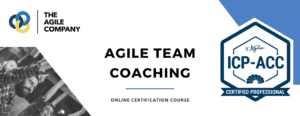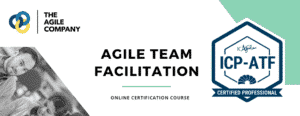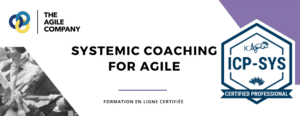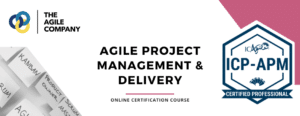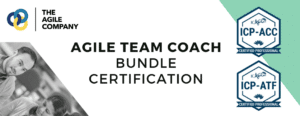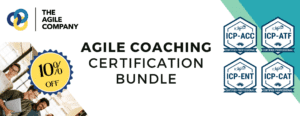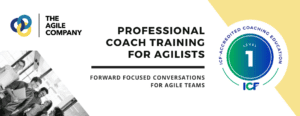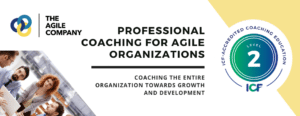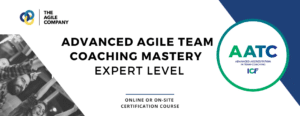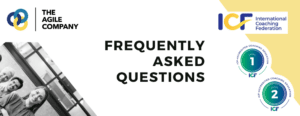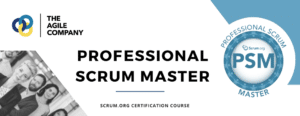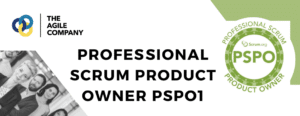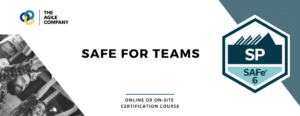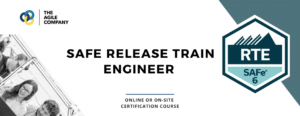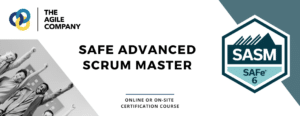In the landscape of business management and organizational communication, few concepts have resonated as enduringly as the “Iceberg of Ignorance,” a theory first introduced by Sidney Yoshida in 1989. This concept, arising from Yoshida’s research at the Calsonic Corporation in Japan, dramatically illustrates the disconnect that often exists between a company’s frontline employees and its upper management concerning awareness of problems within the organization.
The Genesis of the Iceberg of Ignorance
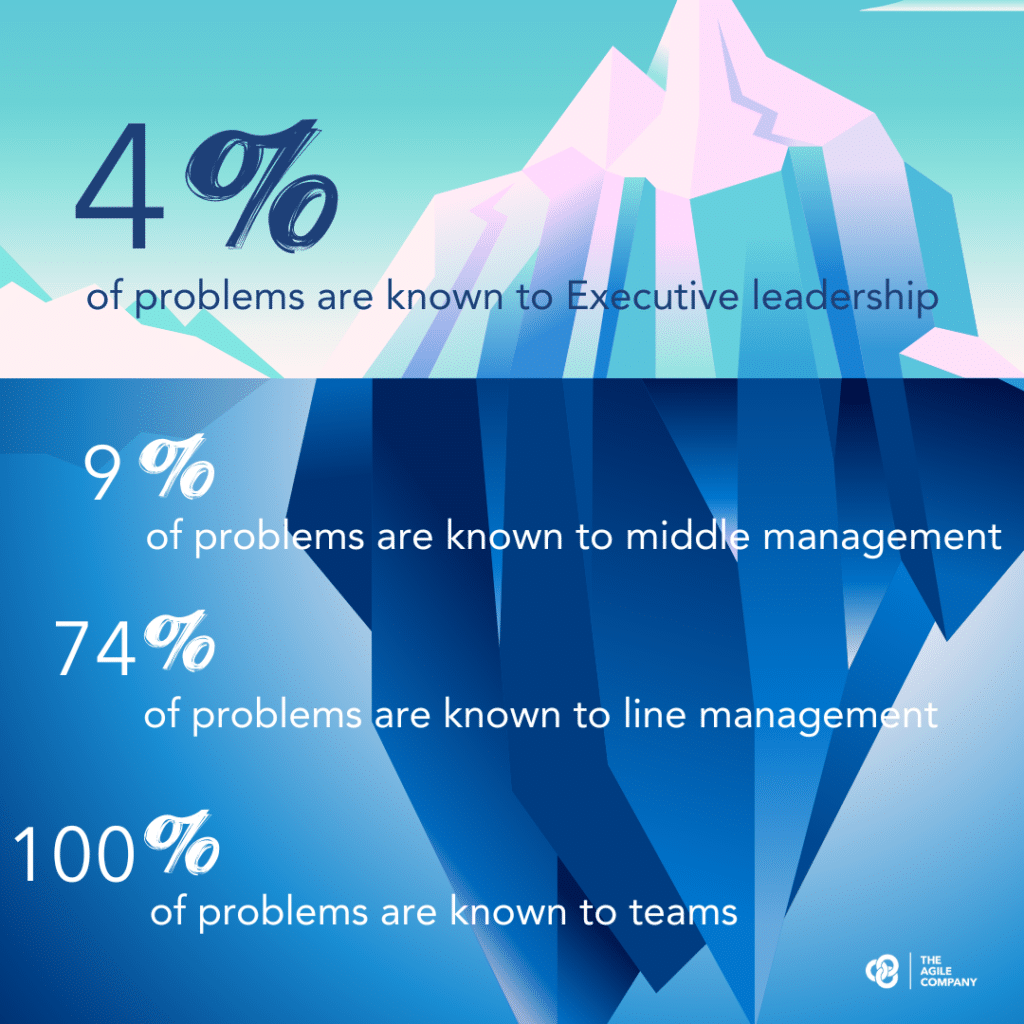
Sidney Yoshida’s study was presented at the International Quality Symposium in Mexico City, and it revealed startling statistics about the visibility of problems at various levels of management. According to his findings, top executives in the company were only aware of 4% of the problems at the frontline. Supervisors were slightly more informed, recognizing 9% of the issues, while middle management could identify about 74% of the problems. In stark contrast, frontline employees saw 100% of the daily issues affecting their work.
The metaphor of the iceberg comes from the way these figures suggest that the vast majority of problems (much like the bulk of an iceberg) are hidden beneath the surface, invisible to the company’s upper echelons. This gap in awareness can lead to poor decision-making, reduced productivity, and even impacts the overall health of the organization.
Implications for Business Management
Yoshida’s findings have profound implications for business management, emphasizing the critical need for improved communication and reporting structures across hierarchical levels. They suggest that organizations must strive to flatten the traditional communication barriers that exist between the upper management and the operational staff.
How do we melt this iceberg to optimize hierarchical leadership effectiveness?
Hierarchical leadership, the traditional top-down approach, creates a structured order but often at the cost of silencing the frontline—the very employees who interact directly with customers. As Matthew Peatman of CLP asserts, the transformation lies not in dismantling hierarchies but in changing how they function. The key is to maintain the structure while abandoning the archaic, hierarchical mindset. Leading with agility means leveraging adaptive strategies to break down the barriers to communication and learning throughout the organization.
Yoshida’s iceberg metaphor is not just about the unknown but the untapped potential of frontline insights. Walsh (2017) suggests that effective teamwork stems from ‘egalitarianism,’ where all voices are valued, not just those at the top. This does not negate the need for leaders; rather, it highlights the necessity for leaders to act as ‘servants’ to their employees, ensuring those closest to customers have the platform and encouragement to share their firsthand experiences and challenges.
Strategies for Melting the Iceberg
A crucial step is the creation of enhanced communication channels. This involves the development of an organizational culture where open communication is valued, and employees are encouraged to voice concerns and report issues without fear of repercussions. Alongside this, employee engagement is vital; involving staff in decision-making processes and recognizing their insights can lead to more informed management and better operational outcomes. Regular training and development programs ensure that management at all levels is not just cognizant of the issues at the coalface but is also proficient in addressing them. Lastly, leveraging technology serves as a pivotal tool, enhancing data collection and analysis capabilities, which allows for seamless communication of current information from the frontline to the top executives, ensuring that the entire organization operates with a unified and accurate view of the challenges it faces.
Enabling Enterprise Agility to Thaw the Iceberg
Implementing Enterprise Agility to mitigate the Iceberg of Ignorance is a nuanced endeavor that extends beyond mere structural adjustments; it demands a fundamental reimagining of the organizational ethos and praxis.
Leadership Transformation
Leadership must pivot from traditional command-and-control models to a more agile mindset that champions adaptability, empowerment, and transparency. For example, consider the tech industry, where leaders often hold “Ask Me Anything” (AMA) sessions, creating open forums for dialogue and exchange. This practice symbolizes a commitment to openness and serves as a bridge between various tiers of an organization. To manage their time effectively, leaders may appoint Agile coaches or facilitators who ensure that the flow of information remains consistent without overwhelming the leadership’s schedule.
Cultural Shift
A cultural shift towards Agile values necessitates that responsiveness and flexibility become core tenets of the organizational identity. Take, for instance, companies like Spotify, which have adopted a tribe and guild structure. This facilitates a dynamic environment where cross-functional teams align on strategic objectives while retaining the freedom to pivot as needed. Embedding such cultural traits requires a deliberate narrative change communicated through internal marketing and reinforced by recognizing and rewarding Agile behaviors.
Process Reengineering
Updating company processes to be more adaptive involves dismantling bureaucratic layers that often delay decision-making. One method is to introduce frameworks like Scrum or Kanban, which have proven effective in sectors like manufacturing and healthcare by providing transparent and iterative process management. These frameworks enable teams to self-organize around problems, offering solutions without the need for exhaustive hierarchical approval, thus freeing up leadership to focus on strategic, rather than operational, decisions.
Technological Enablement
In the realm of technological enablement, companies have an array of tools at their disposal, from collaborative software like Asana, which enhances project visibility, to advanced data analytics platforms like Tableau, which provide real-time insights into operations. Retail giants like Amazon use predictive analytics to not only communicate customer demand to warehouse teams but also to pre-emptively stock products ahead of anticipated demand. Such technological solutions offer leaders digestible dashboards that summarize key operational metrics, ensuring they are informed without being inundated.
Clear Communication as a Two-Way Street
A clear communications strategy must be bidirectional. While leaders disseminate strategic goals and provide feedback, they must also listen to ground-level inputs. Tools like employee surveys, suggestion boxes, and open-door policies contribute to a dialogue-rich environment. Implementing platforms such as Slack or Microsoft Teams where leaders can have direct lines of communication with various teams helps in creating an atmosphere where conversations can flow up and down the hierarchy.
Balancing Leadership Availability with Responsibilities
To ensure that top leadership can engage in two-way communication without compromising their ability to manage other responsibilities, organizations can establish structured communication channels and protocols. This might include scheduled town halls, where strategic updates are given and employee feedback is solicited, or dedicated times for open office hours. Further, empowering middle management to act as communication conduits can distribute the responsibility more evenly, ensuring that executive leaders are informed but not overextended.
Through these detailed measures, Enterprise Agility can evolve from a conceptual ideal to an operational reality, effectively thawing the Iceberg of Ignorance and forging a path towards a more enlightened and responsive organizational paradigm.
Set sail to your organization’s success story
Integrating Enterprise Agility into the corporate framework presents a promising solution to the pervasive problem illuminated by the Iceberg of Ignorance. It requires an overhaul of traditional management mindsets and systems, but the payoff is a more responsive, efficient, and competitive organization. As Enterprise Agility becomes the new norm, the once-towering iceberg of unseen issues may very well be reduced to a mere ripple in the corporate sea.

